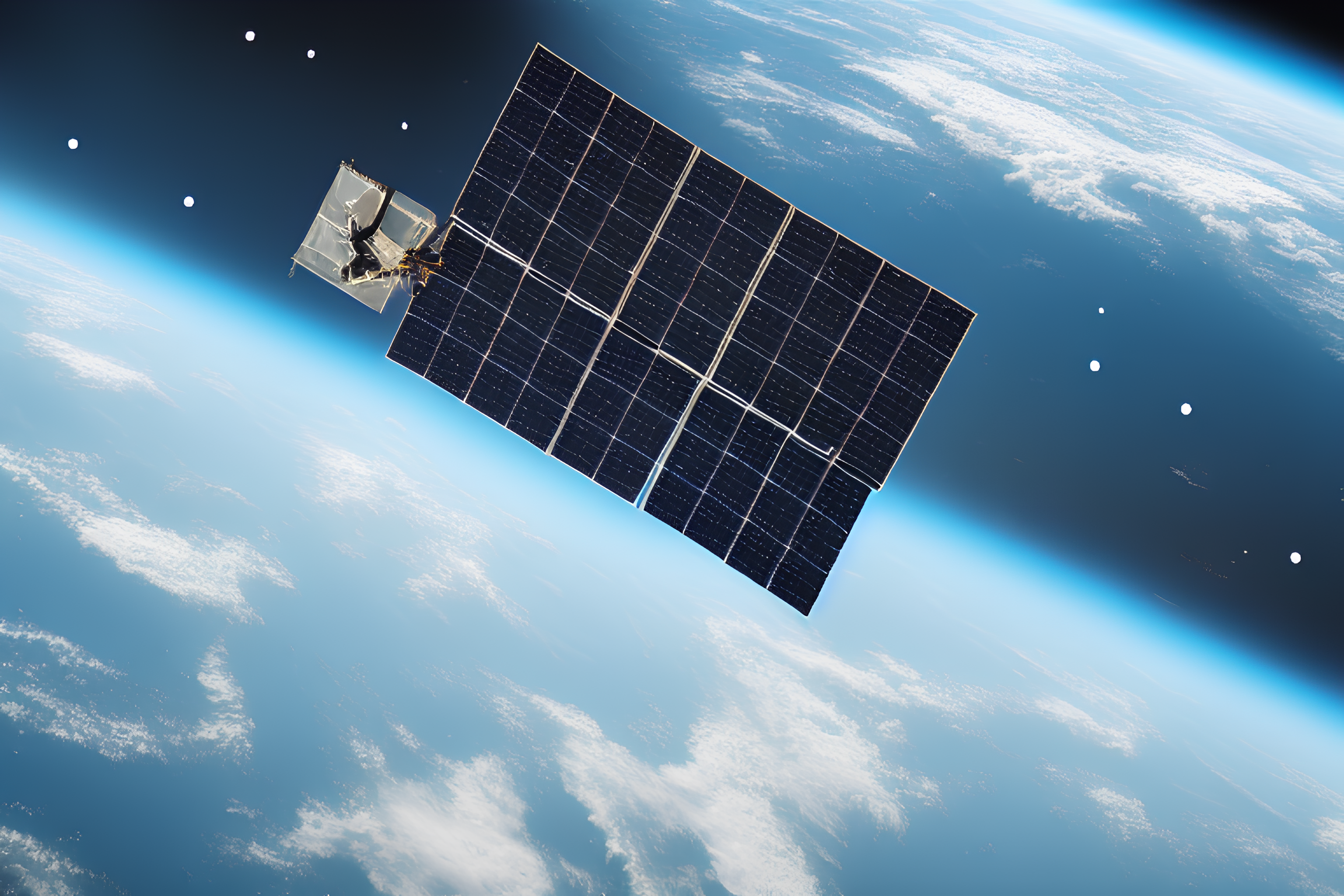Space surveillance and tracking (SST) refers to the ability to detect, track, and identify objects in space. Furthermore, it deals with understanding the relationships between these objects. It is a critical capability that is essential for the safe and responsible use of space and the protection of space-based assets.
In 2023, there will continue to be several challenges that will need to be addressed to improve SST. These challenges include:
- The increasing number of objects in space: Over 40,000 objects in space are up to the size of a softball or larger, about 27,000 of which are frequently tracked and cataloged, and the number of objects is only expected to increase in the coming years. This poses a significant challenge for SST, as it becomes more difficult to track and identify all of these objects.
- The complexity of the space environment: The space environment is a complex and dynamic system, with many different factors that can affect the behavior of objects in space. These factors include solar weather, gravity, and the effects of other objects in the vicinity.
- Limited visibility: Many objects in space are small and difficult to detect, particularly if they are in low Earth orbit (LEO). This can make tracking and identifying these challenging, especially if they are not transmitting a signal. Also even though small objects, down to millimeter size can be detected, it is of now not possible to re-find, correlate and thus catalog large amounts of them in LEO.
- Growing resources: There is a growing number of assets available for tracking and monitoring objects in space, including ground-based telescopes and radar systems, and space-based sensors. As the number of objects in space increases, it becomes even more difficult to track and monitor them all with the available resources. A combination of different data sources can give the most precise overview of objects and their behavior.
- Legal and policy challenges: Legal and policy challenges must be addressed to improve SST. These challenges include questions of jurisdiction, liability, and the sharing of information between different countries and organizations.
Overall, improving SST will require a combination of technological advances, such as the development of new sensors and tracking systems, as well as international cooperation and the establishment of clear legal and policy frameworks. By addressing these challenges, we can improve our understanding of the space environment and ensure the safe and responsible use of space for the benefit of all. In the meantime, stakeholders, engineers, and operators will need to address these challenges with protective measures to operate assets safely in space.
Want to discover the secrets to success in the new space industry? Our latest blog post “Navigating the Challenges of Space Surveillance & Tracking in 2023: What You Need to Know” holds the key.
Click now to uncover the importance of satellite operations for your company and learn how it can take your business to new heights. Don’t miss out on this valuable information, discover more now!


